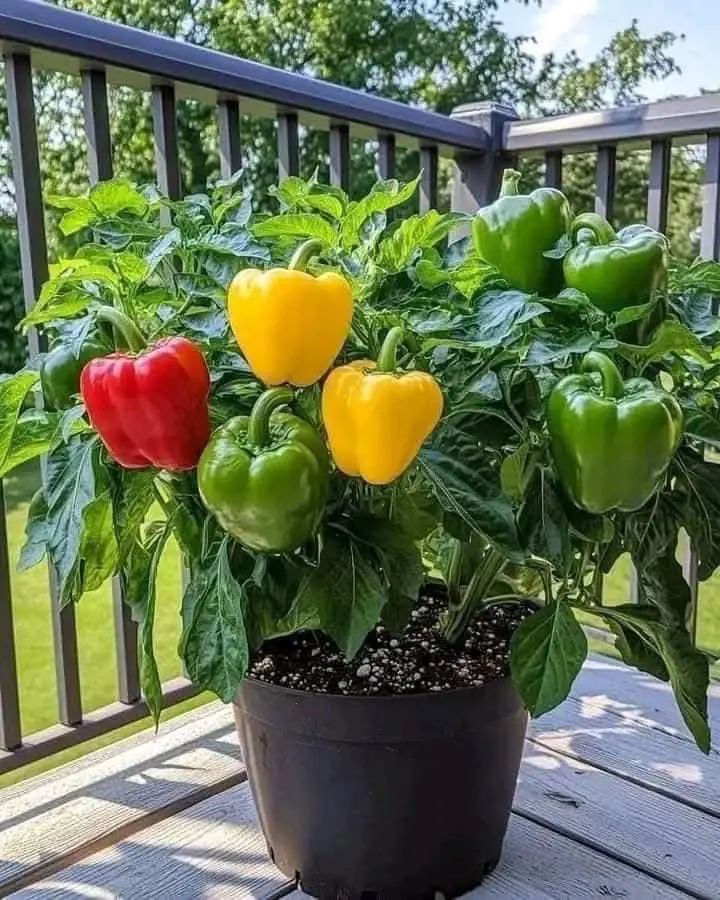
Rosemary Never Dries Again – Here’s the Gardener’s Trick!
Rosemary is one of the most cherished herbs in gardens and kitchens alike. Known for its robust, fragrant aroma and its versatile use in cooking, rosemary is a must-have in many herb gardens. However, many gardeners struggle with one common issue – how to keep rosemary fresh and vibrant for as long as possible. Fresh rosemary can dry out quickly, losing both its fragrance and flavor. But fear not! There is a gardener’s trick to ensure that your rosemary never dries out again. With a few simple steps, you can keep your rosemary thriving and fresh, ready to use whenever you need it.
Why Does Rosemary Dry Out?
Before diving into the solution, let’s first understand why rosemary tends to dry out. Rosemary, like many other herbs, is highly sensitive to temperature fluctuations, dehydration, and insufficient light. When it doesn’t receive the right care, it can quickly lose moisture, causing the leaves to shrivel and the fragrance to fade. This is especially common in indoor environments, where air conditioning or heating can rob the plant of moisture. If you’ve ever found your rosemary wilting or dry within a few days, you’re not alone.
The Gardener’s Trick: Keep Rosemary Fresh and Vibrant
Luckily, there is a simple solution to this common problem. With the following techniques, you can ensure your rosemary stays fresh, green, and aromatic, whether it’s growing indoors or outdoors.
1. Proper Watering and Drainage
Rosemary does not like to sit in soggy soil, but it also needs regular hydration to stay fresh. The key is to water your rosemary just enough to keep the soil moist but never soaked. The best way to do this is to ensure that the pot or garden bed has good drainage.
-
Tip: Water rosemary when the top inch of the soil feels dry to the touch. Make sure the water can drain freely from the bottom of the pot to prevent waterlogging, which can lead to root rot and dried leaves.
2. Keep Rosemary in a Sunny Spot
Rosemary thrives in bright, indirect sunlight. It needs at least 6 hours of sunlight each day to stay healthy. When rosemary doesn’t get enough light, its leaves become weaker and more prone to drying out.
-
Tip: If growing indoors, place your rosemary on a windowsill that gets plenty of light, ideally facing south or west. If growing outdoors, make sure it’s planted in a spot that gets full sun for most of the day.
3. Humidity is Key
One of the main reasons rosemary dries out quickly is due to low humidity levels. Dry indoor air, particularly during winter when heating systems are running, can severely affect your plant’s health.
-
Tip: Increase the humidity around your rosemary by placing a humidity tray filled with water near the plant or using a small humidifier. Another simple trick is to mist the plant lightly with water to mimic the humid environments rosemary naturally thrives in.
4. Pruning Regularly
Regular pruning helps maintain a healthy and fresh rosemary plant. By trimming the plant, you not only encourage new growth but also remove any dry, dead leaves. This ensures the plant can focus its energy on producing vibrant, fresh stems.
-
Tip: Use clean, sharp scissors to trim back the woody stems and any dry parts of the plant. Prune regularly to maintain its shape and ensure it continues to grow healthily.
5. The Secret: Watering with Rosemary Infusion
Here’s the gardener’s trick: rather than just plain water, try infusing your rosemary in a jar of water for a few days. This helps increase the amount of nutrients available to the plant and provides a little extra boost.
-
How to Do It:
-
Take a few sprigs of fresh rosemary and place them in a jar of water.
-
Let the rosemary infuse in the water for 2-3 days.
-
Use this rosemary-infused water to water your plant. It’s like giving your rosemary a mini herbal tonic, and it will help keep it fresh and vibrant for a longer time.
-
6. Consider Using Self-Watering Pots
Self-watering pots are a fantastic solution for keeping your rosemary hydrated without overwatering it. These pots have a water reservoir at the bottom, allowing the plant to take up water gradually as it needs it. This prevents the plant from drying out too quickly, especially if you’re forgetful about watering.
-
Tip: If you’re often away or too busy to water regularly, consider placing your rosemary in a self-watering pot.
Bonus Tip: How to Preserve Fresh Rosemary for Later Use
If you have an abundance of rosemary and want to preserve it for later use, there are several methods you can try to maintain its flavor and aroma:
-
Freezing Rosemary: Strip the leaves from the stems and place them in an airtight bag or container in the freezer. You can also freeze whole sprigs of rosemary in ice cube trays filled with water for easy portioning.
-
Drying Rosemary: For a more traditional approach, you can air dry rosemary by hanging sprigs upside down in a warm, dry place. Once dried, store the rosemary in an airtight jar. While drying changes the flavor slightly, it is still a great option for long-term storage.
Conclusion
Rosemary is a hardy and versatile herb, but it does require the right care to stay fresh and vibrant. By following these simple tips - especially the gardener’s trick of using rosemary-infused water - you can keep your rosemary thriving for longer, whether it’s growing indoors or outdoors. Not only will your rosemary last longer, but it will continue to produce the fragrant, flavorful sprigs you love to use in your cooking.
So, go ahead and enjoy your fresh rosemary all year round with these easy-to-follow techniques!
News in the same category


How to Grow Kiwi in Containers at Home

Revitalizing Orchids Using Tea: A Comprehensive Guide with Handy Tips
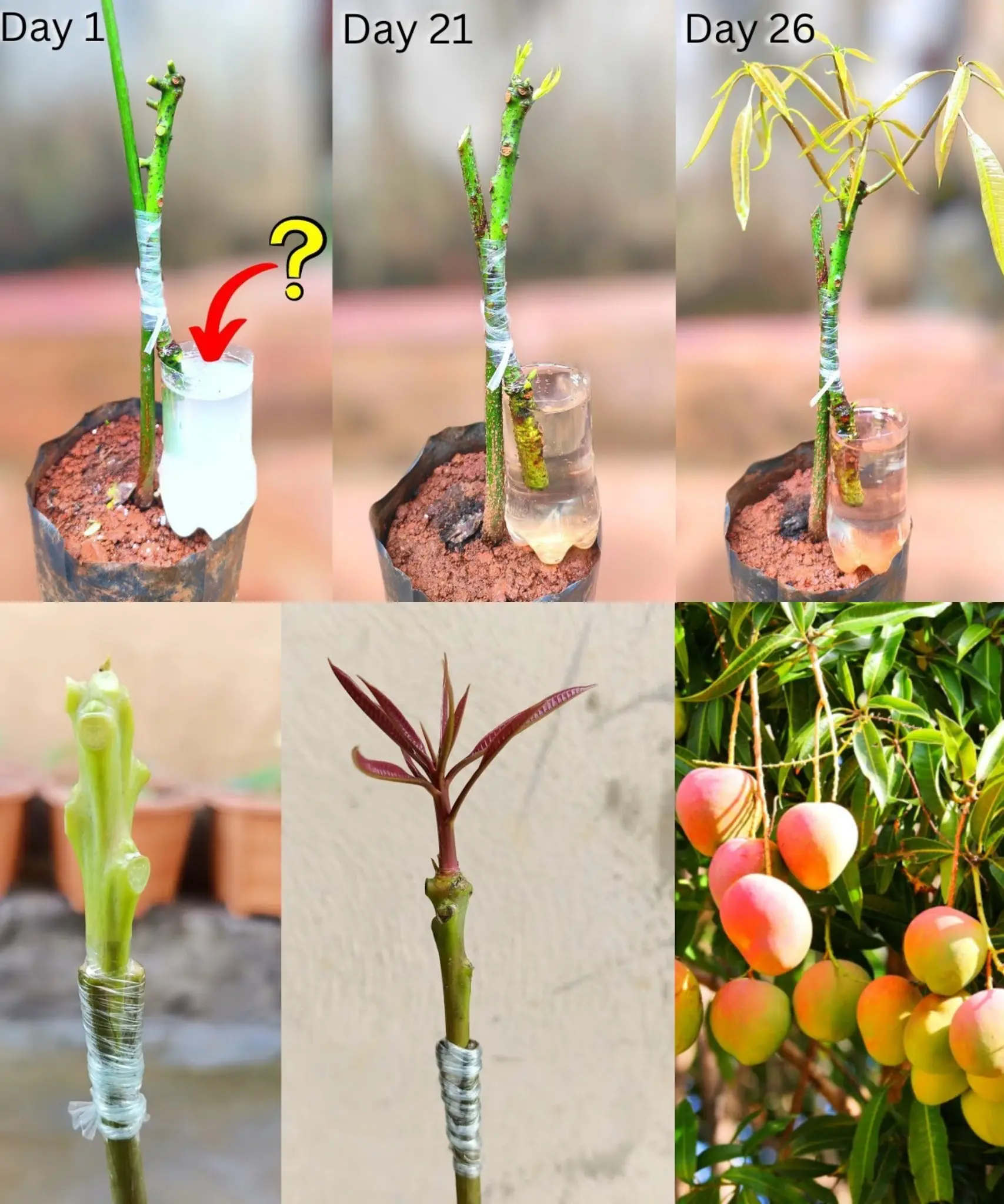
How to Plant a Mango Seed and Successfully Grow
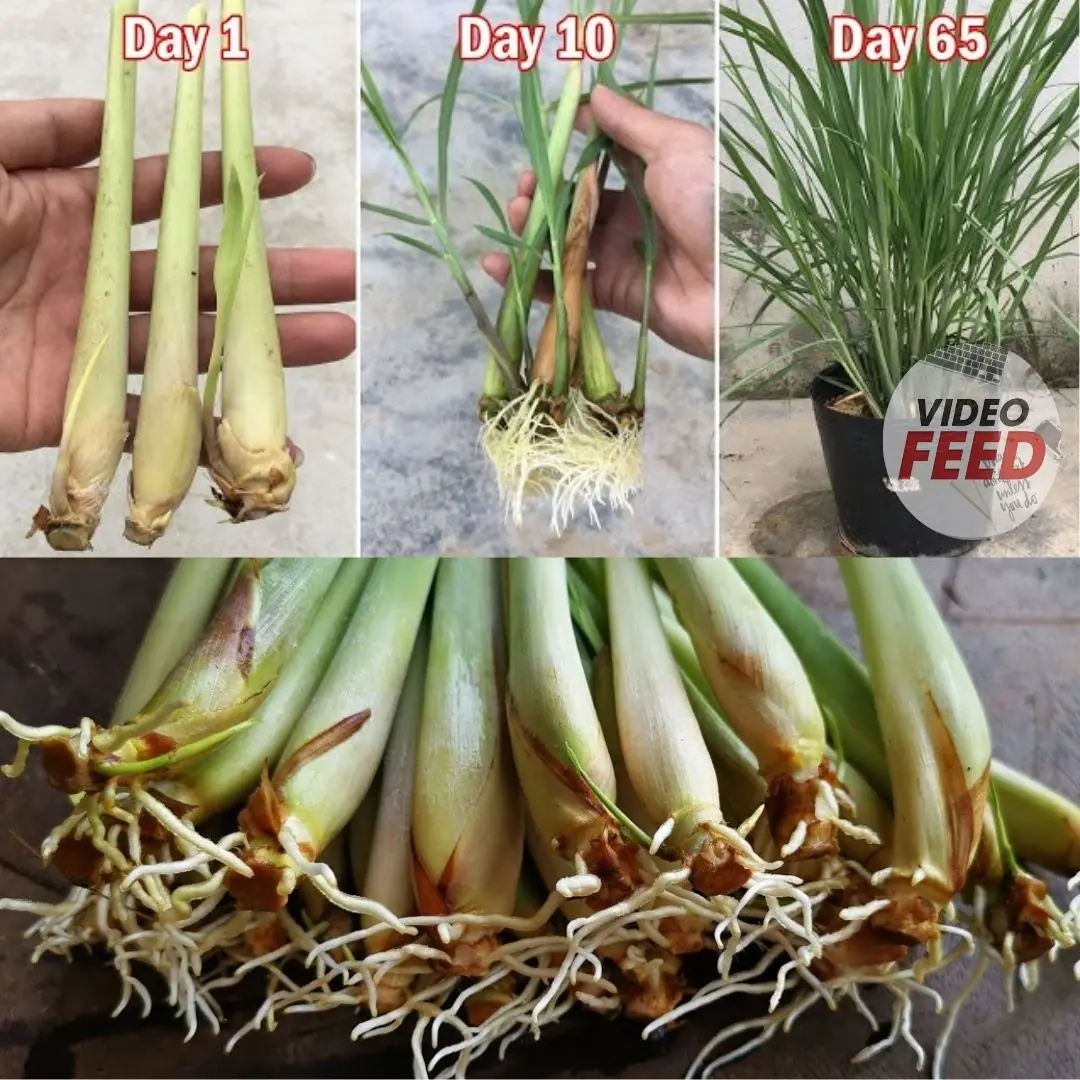
Secrets to growing lemongrass at home – easy to do, suitable for beginners
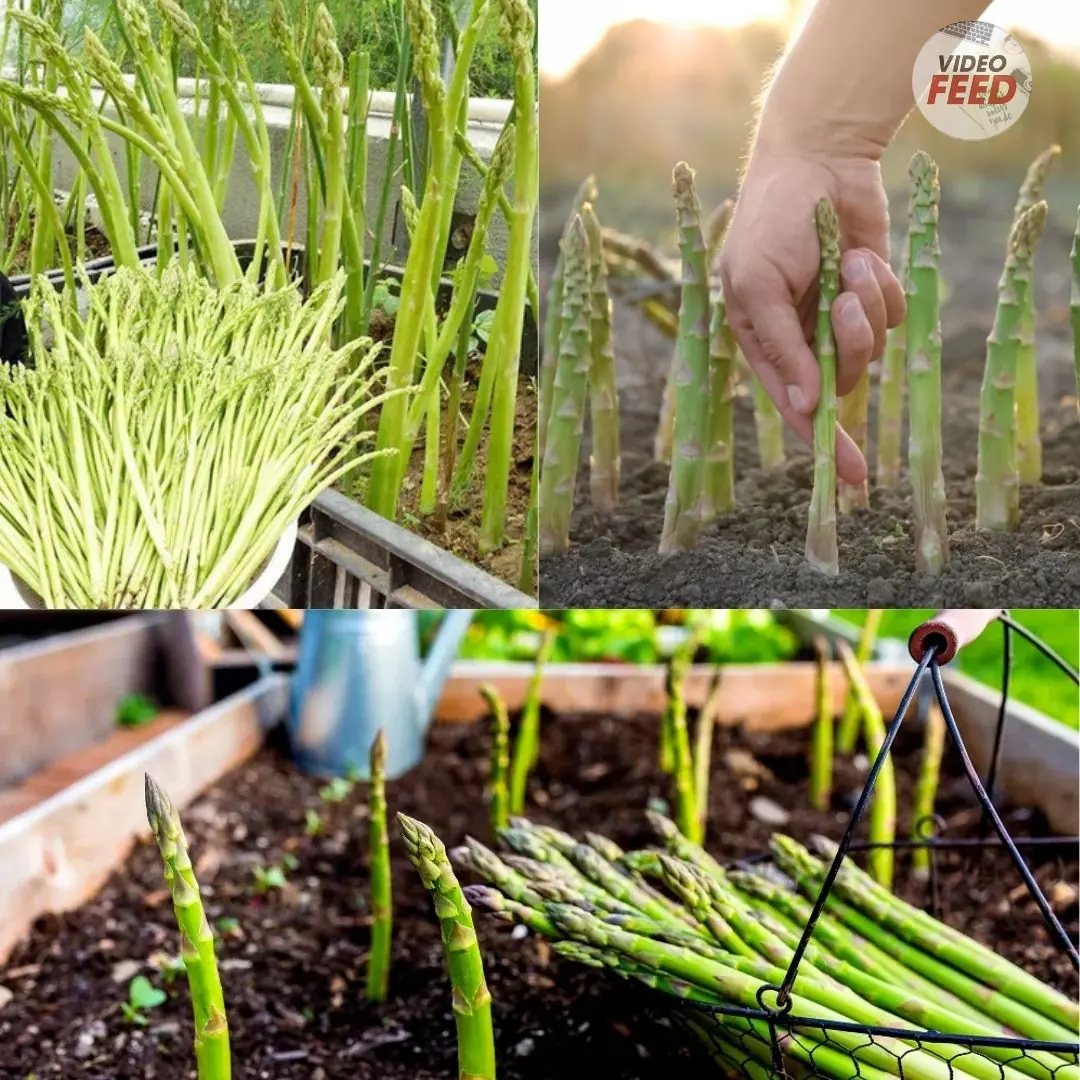
Grow Your Own Asparagus Plants

How to Grow a Pineapple at Home: Simple and Fast

How To Grow Coconut Tree From Coconut Fruit

How To Grow Strawberries From Seed
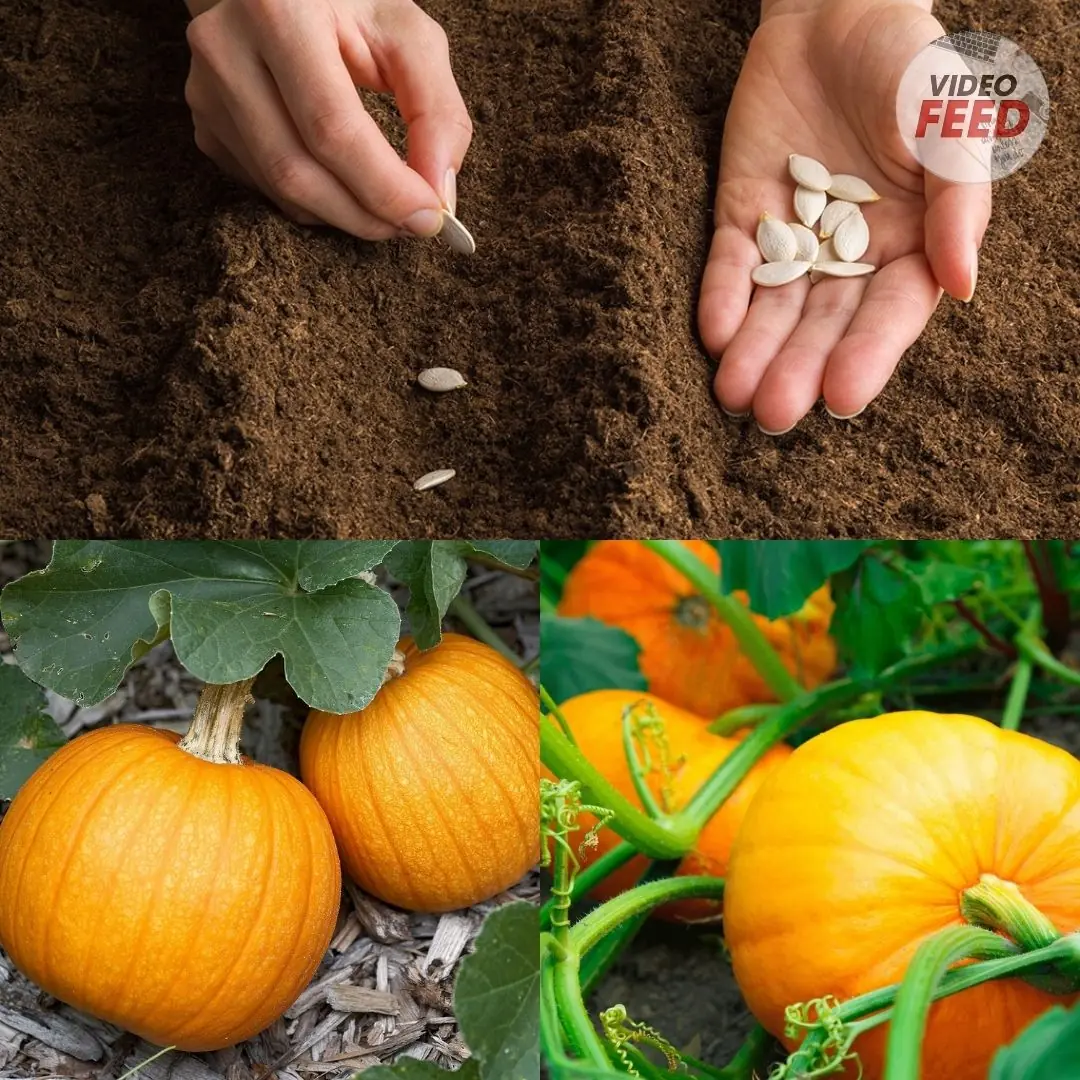
How to Grow Pumpkins in Your Home Garden
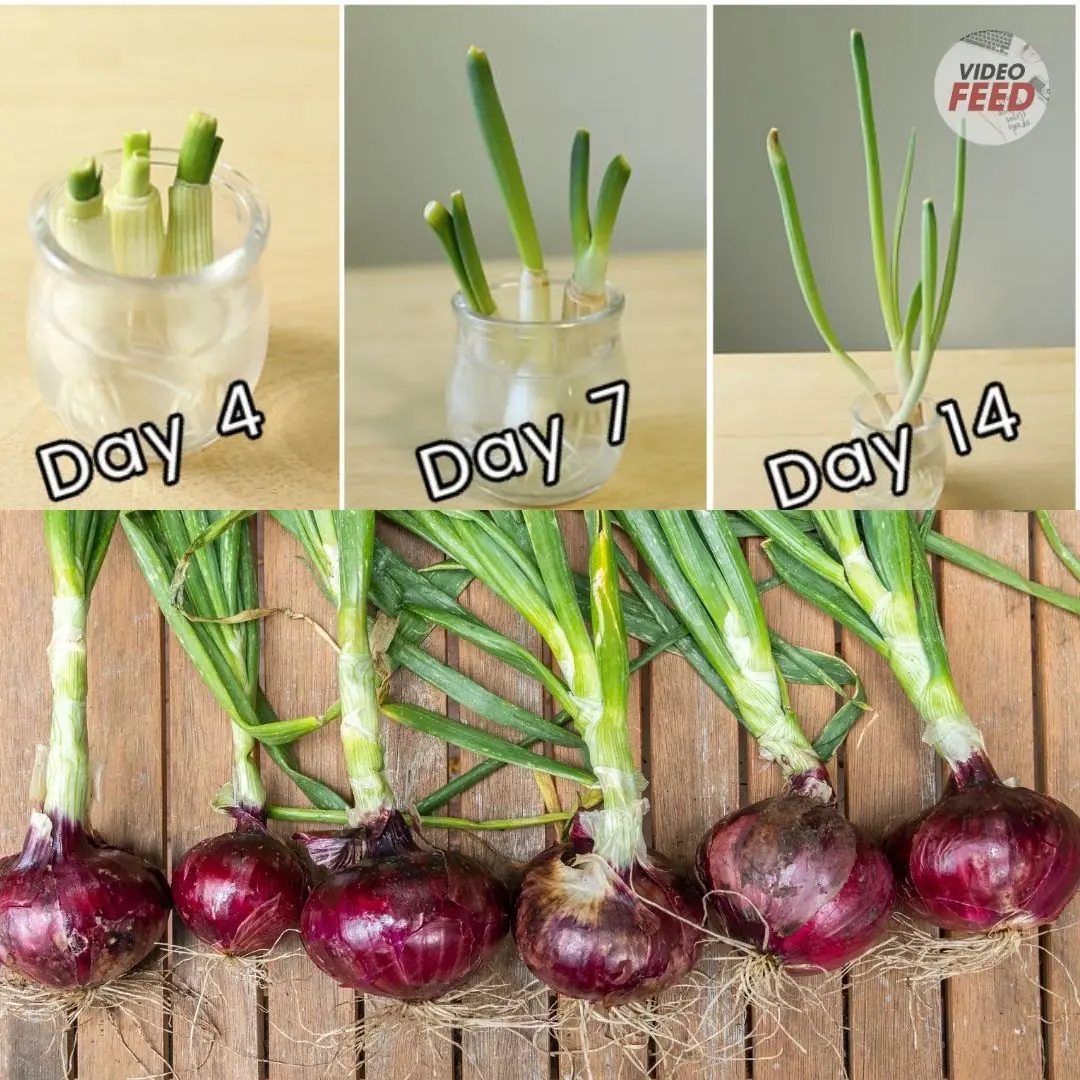
How to Grow and Care for Red Onions in the Garden
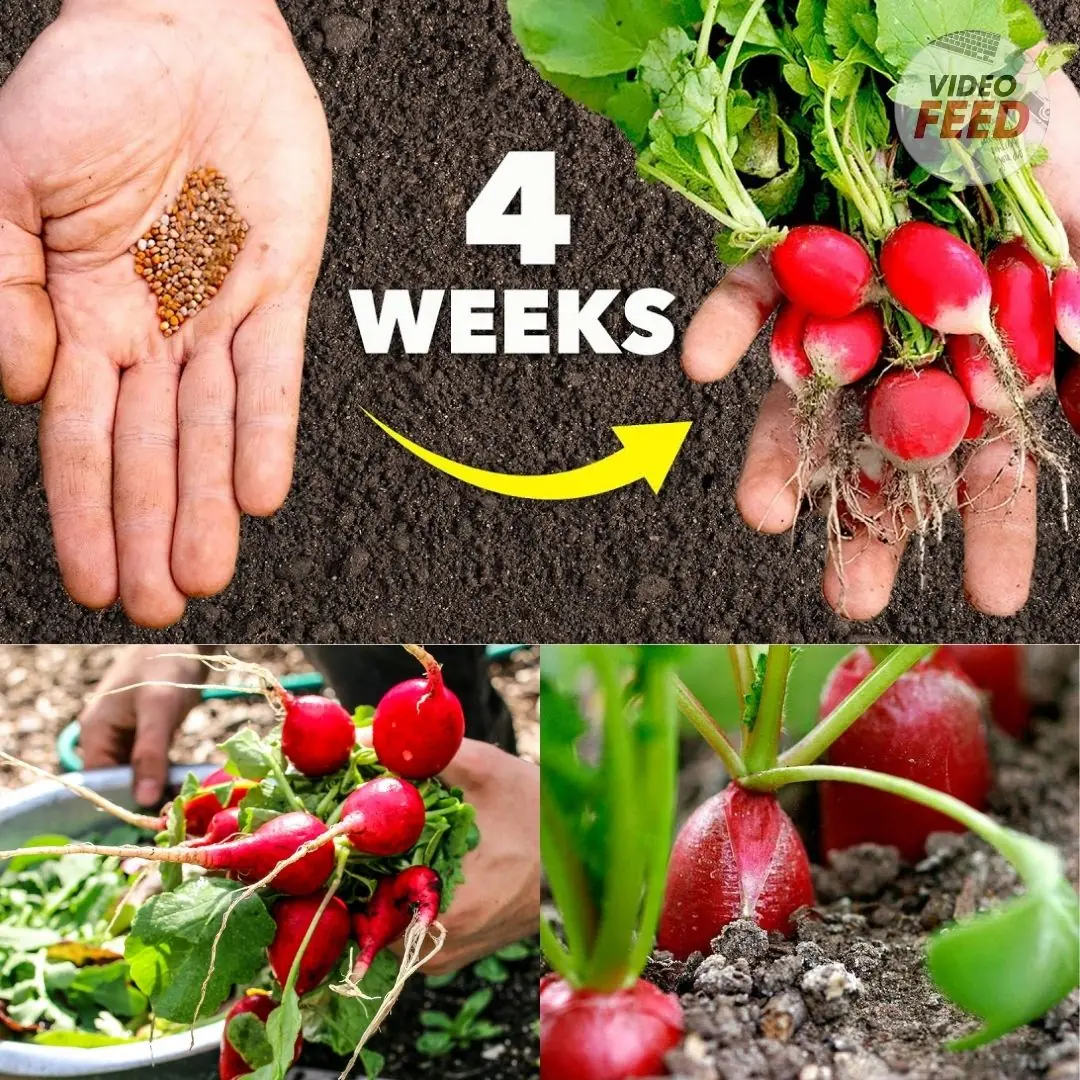
6 Easy Steps to Plant Radish Seeds in an Organic Kitchen Garden
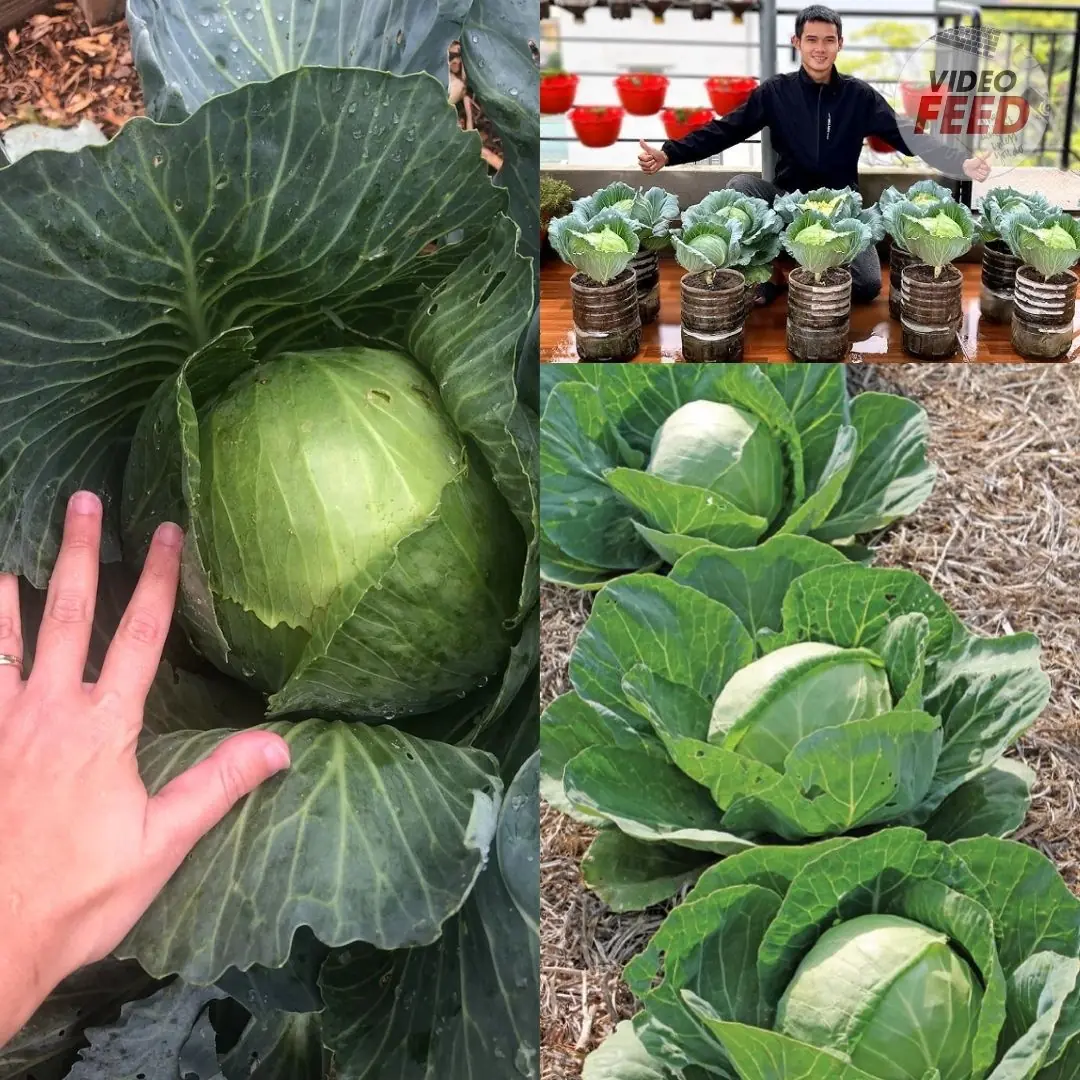
How to Grow Cabbage: 10 Tips for a Successful Harvest

The Power of Yeast: A Natural Booster for Growing Tomatoes, Peppers, and Cucumbers
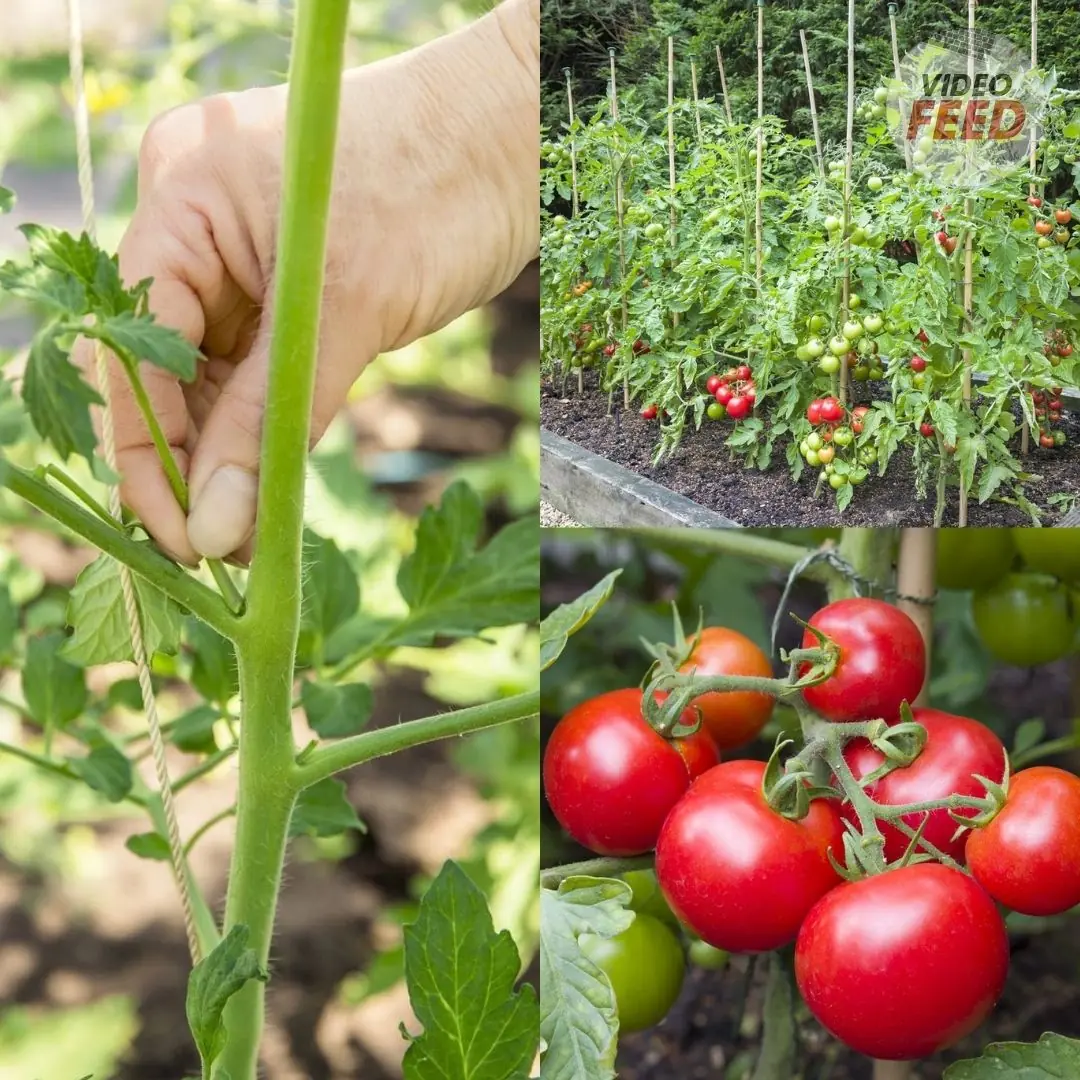
The 8 Biggest Tomato Growing Mistakes, According to Experts
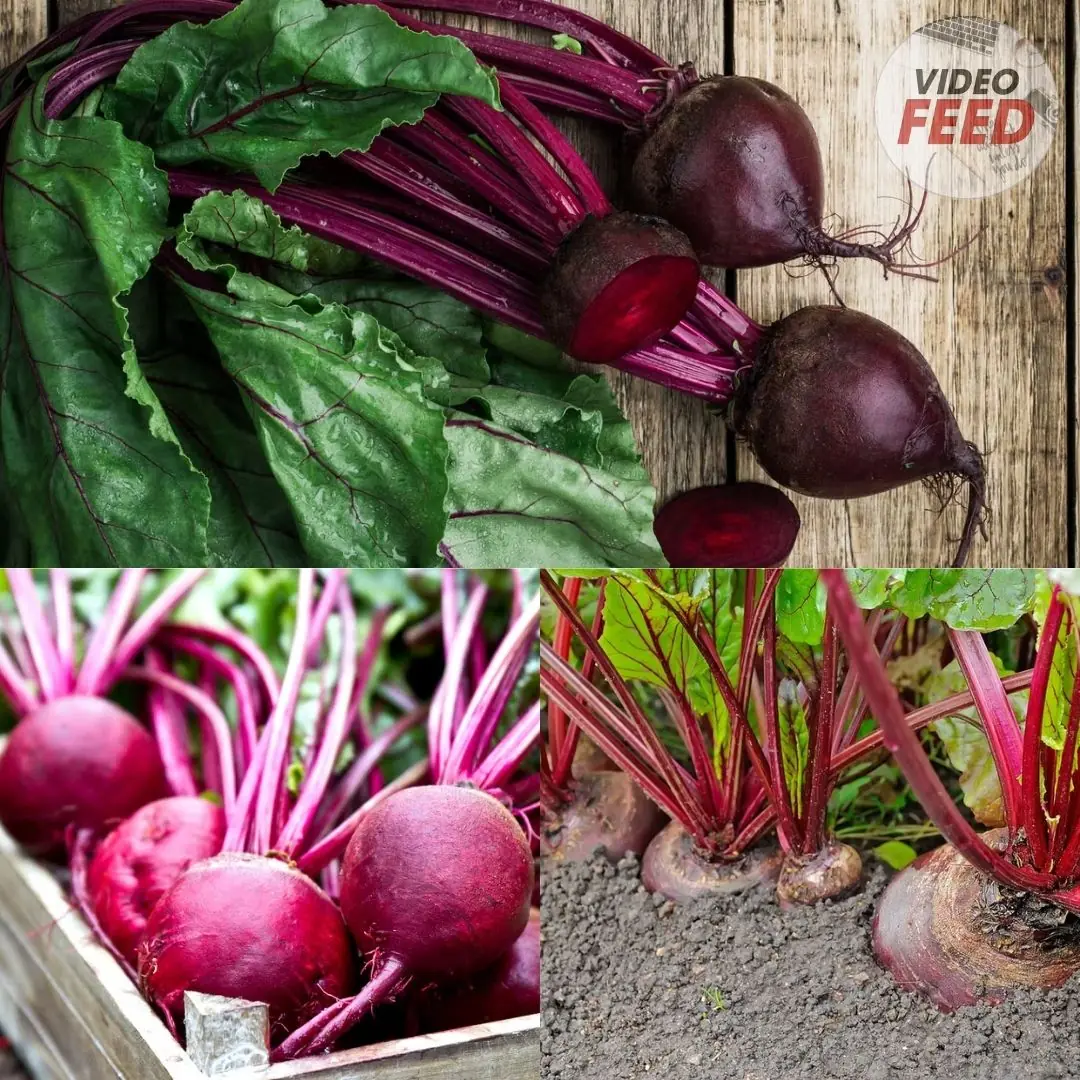
How to Grow Beets This Fall for a Hearty Autumn Harvest
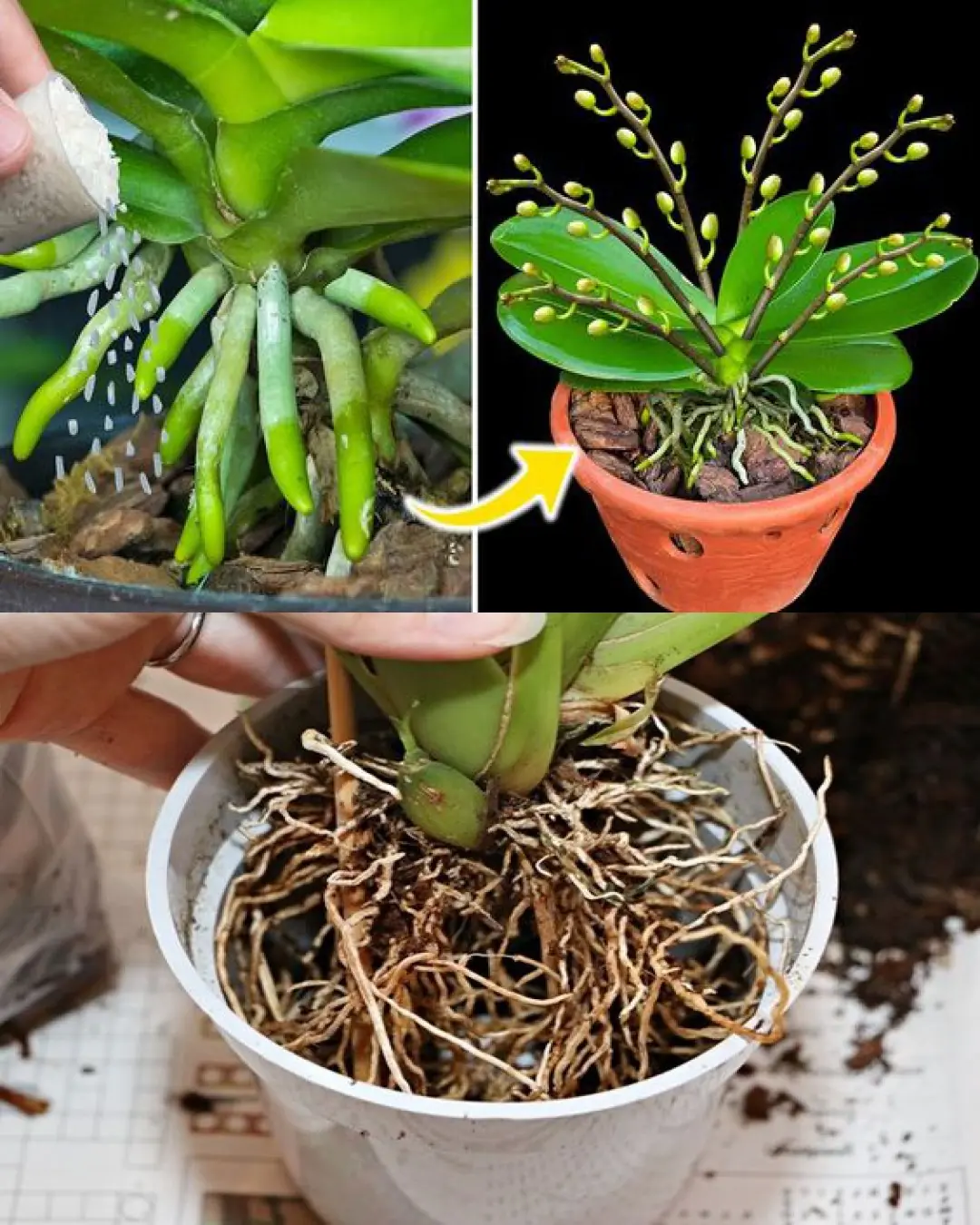
Deciphering Orchid Roots: Reasons They Extend Beyond Pots and Recommended Actions
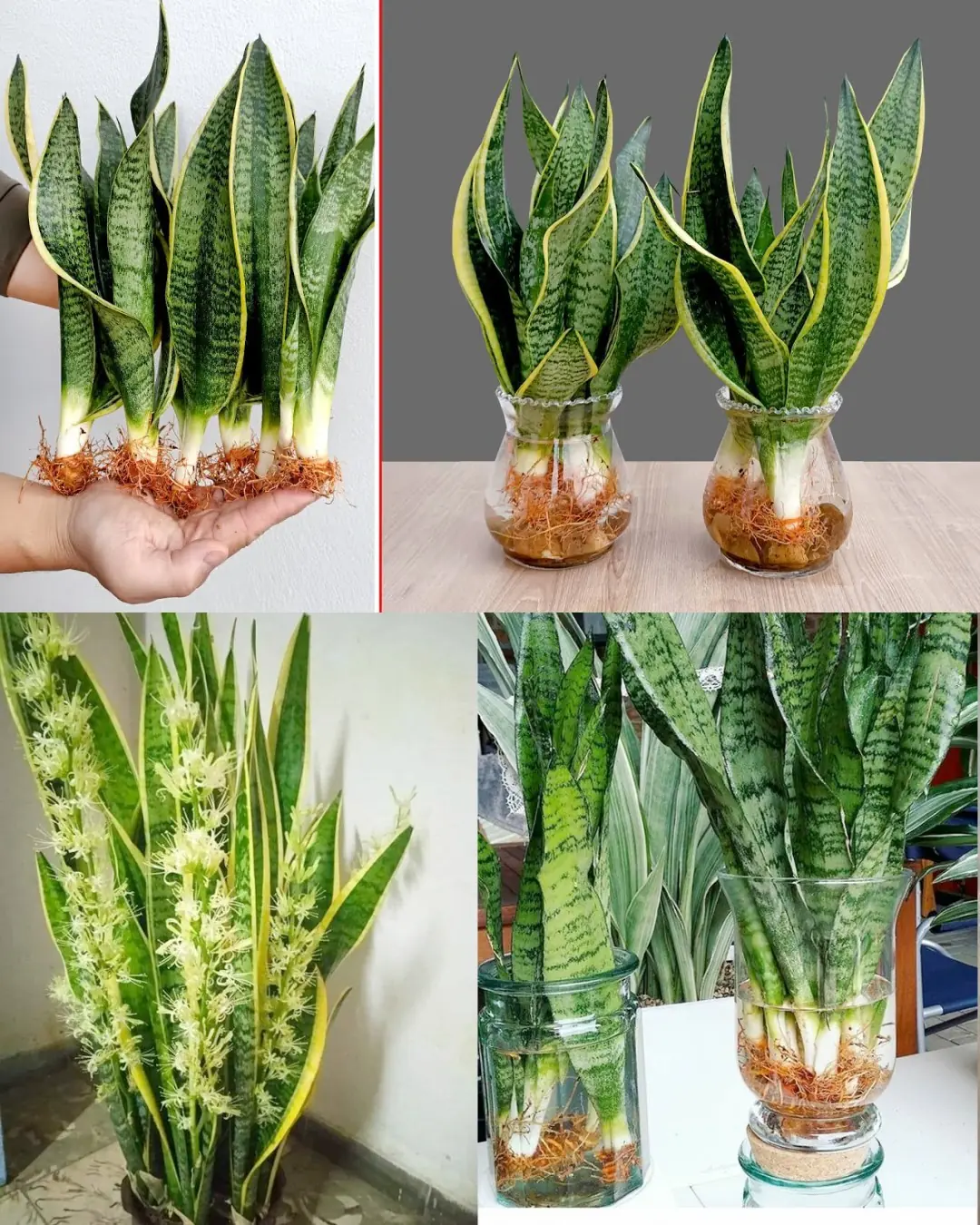
How to Multiply Your Sansevieria Quickly: From One Plant to a Thriving Collection
News Post

Diabetics are ‘very afraid’ of a spice that is abundant in the market: American experts say it is ‘as good as prescription drugs’

7 “Golden” Summer Vegetables: Fresh, Chemical-Free, and Worth Eating Every Day

Rub Ginger on the Soles of Your Feet Before Bed, and You’ll Experience Its “Miraculous” Health Benefits

When Installing an Air Conditioner, Avoid These 4 Spots to Protect Your Family’s Health

10 Tips for Growing a Big Pepper Harvest

How to Grow Kiwi in Containers at Home

What happens to your body if you drink orange juice every day?

Revitalizing Orchids Using Tea: A Comprehensive Guide with Handy Tips

4 effective ways to ensure your home is free of cockroaches

Are two-headed snakes real? Why does this phenomenon occur?

A cup of hot water can offer many health benefits

Caterpillar on you: 5 simple steps to treat at home

Otitis media – the “hidden culprit” causing vestibular disorders that many people ignore

Don't drink water before bed but still urinate at night, beware of these 3 diseases

How to Plant a Mango Seed and Successfully Grow

Secrets to growing lemongrass at home – easy to do, suitable for beginners

4 changes in fingers that could be signs of lung can.cer

Grow Your Own Asparagus Plants

Put them in your home and mice will run away

